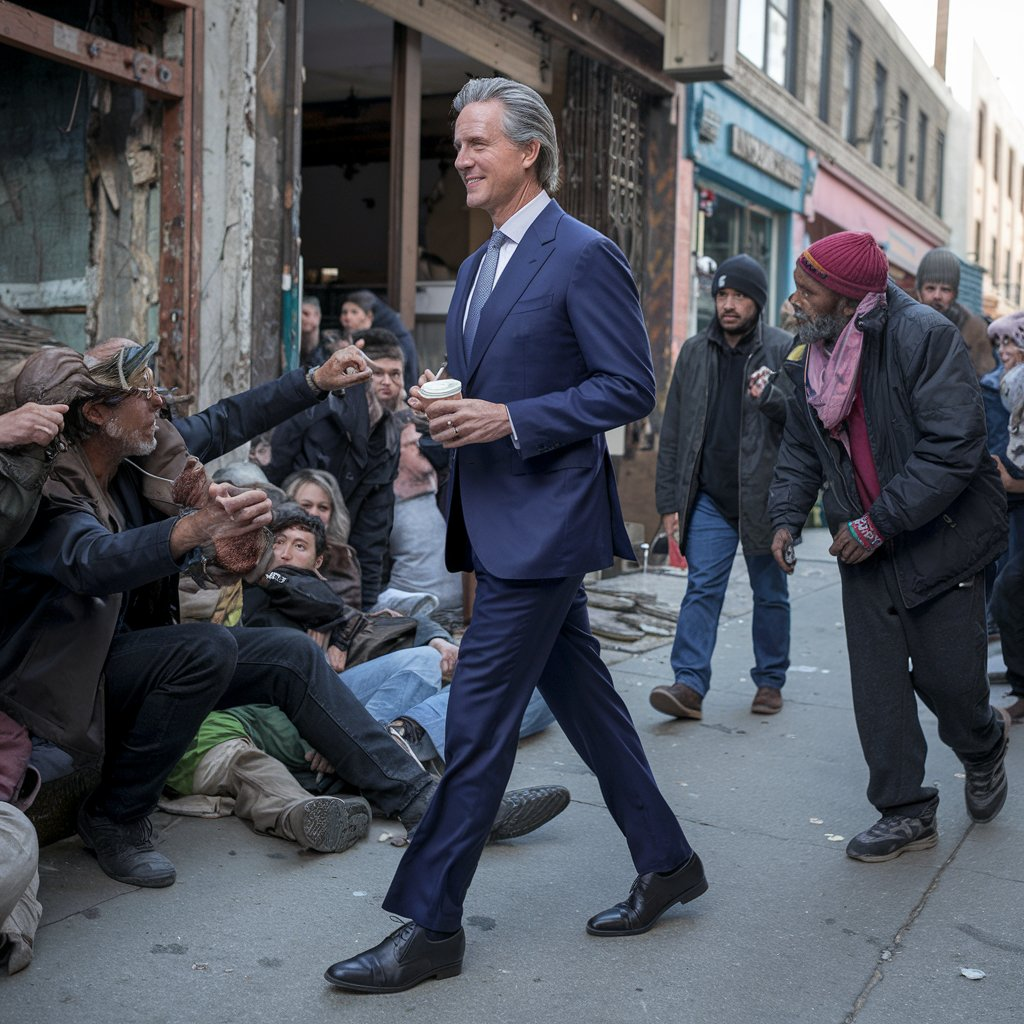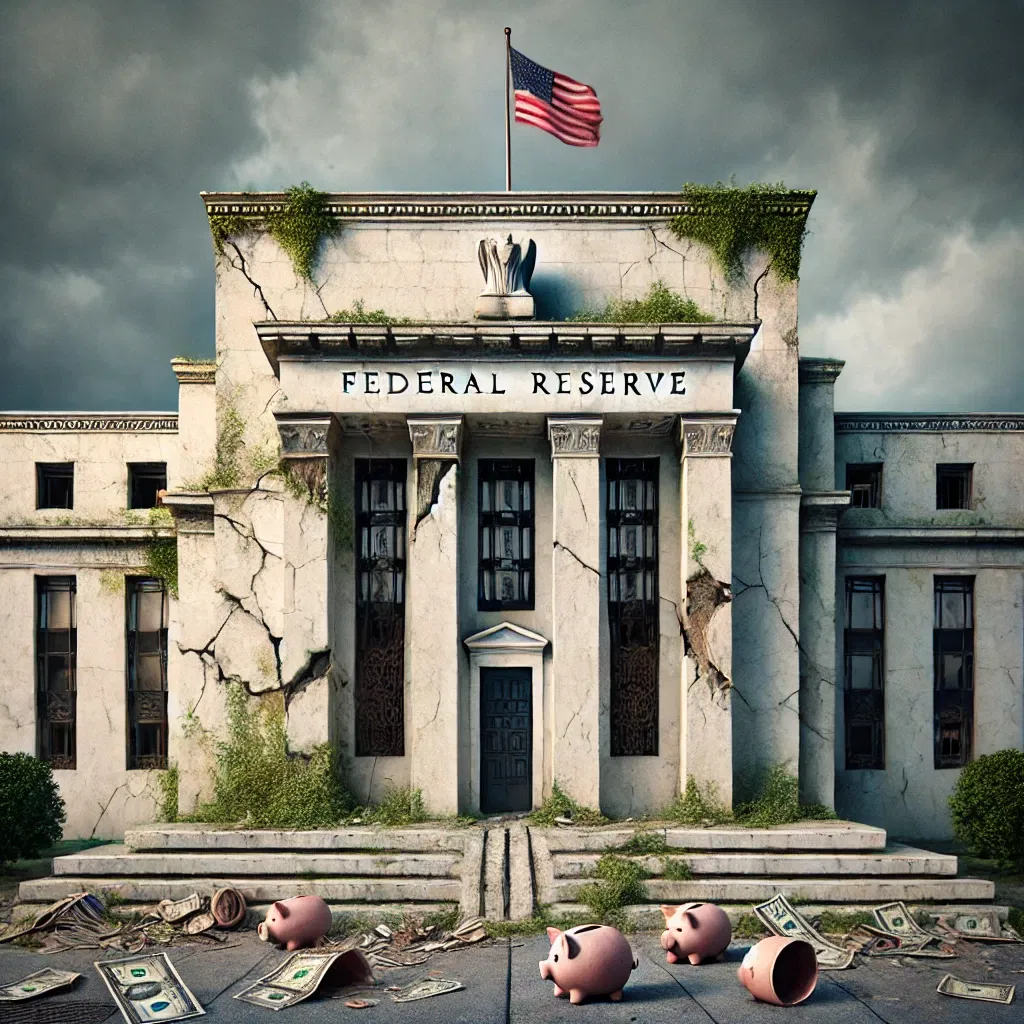On the evening of June 9, 1772, Alexander Fordyce was drunk out of his mind when he came stumbling home to his wife.
As Fordyce was a widely respected London banker and senior partner at the firm Neale, James, Fordyce, and Down, this behavior was uncharacteristic… and his family was rightfully worried.
The next morning Fordyce was gone. He had fled across the English Channel to France. And then the news struck– his bank had gone bust and was closing its doors.
By itself this shouldn’t have been a big deal; it was only one guy, and one bank.
But Fordyce hadn’t simply made some bad investments with his own money. Nor had he simply made bad investments with his depositor’s money.
Fordyce had borrowed HEAVILY, from just about everyone, and made a number of spectacularly terrible investments.
Fordyce’s borrowings had become so vast, in fact, that when he defaulted it nearly brought down the entire financial system.
Stock prices crashed. Banks shuttered. Financial markets in foreign countries, including the Netherlands, took a big hit.
And the British Government passed the Tea Act in order to raise tax revenue, stabilize the economy, and help the East India Company’s recovery.
The Tea Act proved to be wildly unpopular in the colonies, leading to the infamous Boston Tea Party… which was a major precursor to the American Revolution.
Now, I’m not saying that Fordyce caused the American Revolution. The Revolution would have probably taken place eventually, even without Fordyce’s catastrophic stupidity.
But it is incredible how a single event can trigger a widespread chain reaction with such far-reaching consequences.
Yesterday we saw a tiny glimpse of this; stock markets around the world collectively had a minor hissy fit in response to news that a Chinese property developer– Evergrande– would default on its colossal debt.
Investors were afraid that an Evergrande default would ripple through the financial system and cause a chain reaction of failures, just like what happened with Fordyce’s default in 1772, and Lehman Brothers in 2008.
Now, I do have to say that, based on the the information we have about Evergrande, fears about this specific issue are overblown.
Evergrande has roughly $300 billion in liabilities. Even if that entire amount goes to zero, it’s a small fraction of the Chinese banking system’s $5+ trillion in capital.
I’d be much more concerned about Evergrande’s impact on China’s notoriously overleveraged ‘shadow banking system’, and their high-risk ‘wealth management products’. But we’ll save that for another time.
What I take away from the Evergrande collapse is the reminder about how seemingly innocuous events can have a major impact on global financial markets. Especially now.
Stocks, bonds, real estate, and many commodities are at/near all-time highs, some with valuations that are completely absurd.
Today, the Price/Earnings ratio for a typical S&P 500 company is nearly 50% higher than before the pandemic.
Companies’ revenues and profits are essentially the same as they were in January 2020. Yet stock prices are substantially higher.
The situation is so ridiculous that even an analyst who works at S&P wrote earlier this month: “This Market Is Nuts”.
In an environment like this, when asset prices already boggle the imagination, it doesn’t take very much for some seemingly irrelevant event, like an Evergrande default, to spark a global sell-off.
This is why I’ve been giving so much thought lately to the idea of ‘uncorrelated assets.’
Because if the proverbial bubble ever bursts, it’s going to have a substantial impact on most major asset classes. But uncorrelated asset classes wouldn’t be as affected.
Typically, ‘uncorrelated assets’ are thought of as being uncorrelated to the stock market; in other words, a boom or bust in stocks would have zero impact on an uncorrelated asset.
But I’ve been giving serious thought to assets that are essentially uncorrelated to central bank policy.
This turns out to be a really difficult thing to find.
Central bank policy is what influences the vast majority of asset prices; when banks print money (as they have printed vast trillions of dollars over the past 18 months), asset prices rise.
This is precisely what we’re seeing today.
Stocks, bonds, real estate, commodities, etc.– the prices of these asset classes are all heavily influenced by whether or not central banks are printing money.
And while nothing can be completely insulated by central bank policy, there are some assets that are less influenced by it, i.e. ‘undercorrelated’.
I believe carbon credits are one example, especially in the voluntary market. The price of carbon credits is driven more by social trends, corporate responsibility policies, and government regulation, than by central banks.
Central banks’ interest rate policies will impact whether some carbon capture projects are able to obtain funding.
But project finance is only one factor in supply; regulatory bureaucracy is a far greater hurdle to overcome than whether interest rates are 2% or 6%.
Another example is water rights. Again, while cheap interest rates may encourage more water projects, the availability of water rights is ultimately determined by government policy and social trends, not by central bankers.
Agriculture can also be an undercorrelated asset.
Major products like corn, wheat, soy, coffee, etc. which have exchange-traded futures contracts are extremely susceptible to central bank policy.
But other products, like fruits and nuts, which don’t have exchange-traded futures contracts are much more influenced by traditional supply and demand fundamentals, rather than by monetary policy.
High quality technology IP (which can cut costs or increase productivity) can also be undercorrelated to central bank policy.
There are others to consider, and we’ll explore this concept further in a future letter… including whether gold and cryptocurrency may be undercorrelated.









